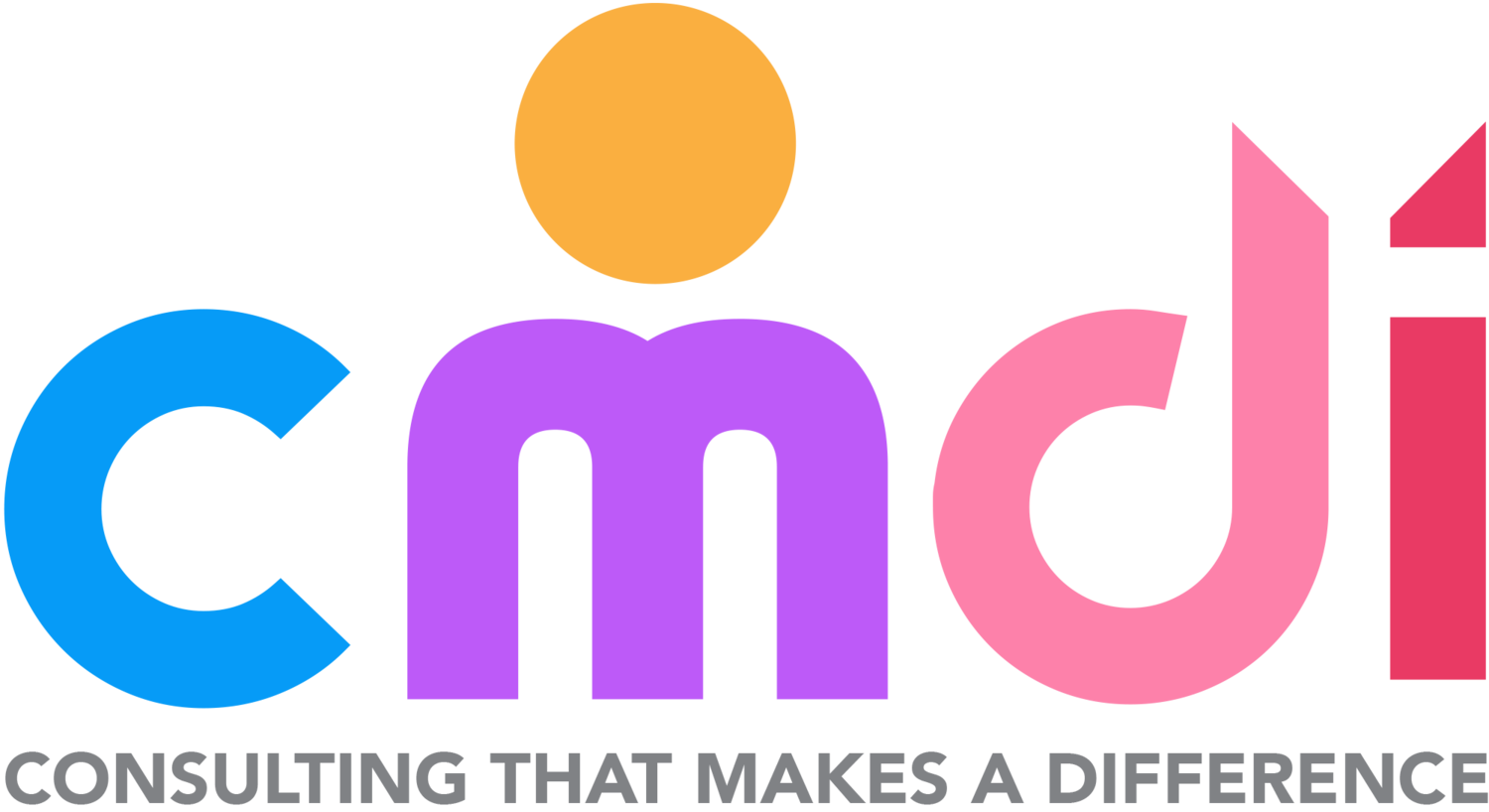Pedagogy and Curriculum – Mathematics Support Strategies
Calling all educators to choose to be more than the average classroom teacher, who want to see the smile of success on their students’ faces, who go above and beyond when it comes to curriculum and intentional planning. YOU are the reason students are thriving. Your passion mixed with a student driven mindset is a key when developing your pedagogy and curriculum in mathematics.
Your school and/or district has specific programs in place to support math instruction, math practice, and the mathematical assessment of students, but what else can we do as educators to determine specific educational Glows and Grows of each mathematician in our classroom(s)? As you read on, I have discussed a few suggestions and examples of different strategies that educators can implement on a daily and/or weekly basis.
Backward Intentional Planning
TRADITIONAL LESSONS
For many years, educators have been planning lessons and units of instruction like this:
Step 1: Identify a topic or chunk of content that needs to be covered.
Step 2: Plan a sequence of lessons to teach that content.
Step 3: Create an assessment to measure the learning that should have taken place in those lessons.
BACKWARD LESSONS
In their book Understanding by Design, Grant Wiggins and Jay McTighe introduced us to backward design, an approach to instructional planning that starts with the end goal, then works backward from there. The quick version of backward design is shared below.
Here are the steps:
Step 1: Identify what students should know and be able to do by the end of the math learning cycle.
Step 2: Create a math assessment to measure that learning.
Step 3: Plan a sequence of lessons that will prepare students to successfully complete the assessment.
Note: The difference in order is significant - Plan the assessment first, then plan only lessons that will contribute to student success on that assessment.
Explicit Instruction – What it is and How to Use
Explicit instruction is a way to teach skills or concepts to students in kindergarten through high school using direct, structured instruction. It helps make lessons crystal clear by modeling for students how to start and succeed on a task, and this instructional strategy gives students ample time to practice. Have you ever tried to follow a new recipe, only to find a step is missing or unclear? You may have been able to guess what to do next, but maybe the confusion was enough to stop you from cooking the dish altogether.
Similarly, this can happen when your students learn something new. Some students can make inferences to figure out the next steps or to work through ambiguity. But for some students who may learn and think differently, one unclear direction or too many things to remember can be a deal-breaker, which can lead to frustration and classroom challenges. That’s why it’s so important to make sure your instruction is as clear and concise. See the lesson plan suggestion and chart below to help guide and support your intentional math instruction. Using simple supports like these may drastically improve all student’s ability to follow directions, get started on a grade level task, and can help improve their mathematical thinking abilities.
Weekly Math Data Tracker with Strategy Groups for all Classrooms
In some of my other bog posts, I have mentioned the importance of student data collection, both informal and formal. Well, here I go again, why is data collection crucial to the success of your students. Data CAN change the way we teach and learn. Data can help schools optimize the quality of classroom, draw valuable insights, predict trends, prevent risks, save time with planning, allow better decisions to be determined, and so many more. By collecting data, school and districts have a treasure trove of valuable information at their disposal that can be utilized to thrive in today’s educational system.
In the examples below, I have created an exemplar data tracker for a grade 4 ICT classroom. If you teach in a general education or self-contained classroom, you can adapt the station model for two stations. One station is teacher led, while the other station is independent from the teacher.
After data is collected during the station model, educators can use the information to analyze student abilities and look for trends throughout various learning skills. Next, strategy groups can be created and utilized to help students become more successful mathematicians.
If this topic is of interest and you would like to learn more about mathematics pedagogy and curriculum support in your school or district, check out our website www.cmdi.us to set up a free discovery call.




